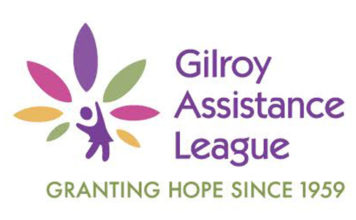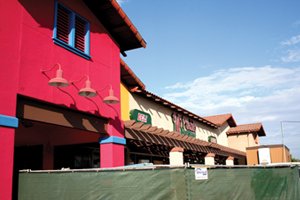Officials and lobbyist confident in chances for nearly $15
million from state for facility four times larger than current
one
Gilroy – Last year, Gilroyans learned that a handful of points in a highly competitive and technical grant process cost them a new library.
But a narrow miss in the last round could translate into a competitive edge this year if state voters approve $600 million in bond money this June, according to local officials and a lobbyist who helped on the city’s last bid for state funds.
“We’re going under the premise that if this bond measure goes through, we’ll be getting millions for our project,” said City Administrator Jay Baksa. The city hopes to get nearly $15 million from the state, with the remainder of the $20-million project coming from development fees and county library funds.
If voters approve the state bond, Baksa and other officials hope that members of the California Public Library Construction and Renovation Board, the group that doles out grant dollars, will automatically finance Gilroy’s project based on the strength of its last application.
Legislation already approved by the governor would allow the state to allot as much as $300 million to applicants that earned in the best scores last year, without forcing them to go through the grant competition once again. Following the last round of approvals, State Librarian Susan Hildreth said she expected the board would give automatic funding to cities that received marks of “outstanding” in the prior competition but failed to get funding. Such proposals would eat up about half of the $300 million.
Gilroy’s chances of getting a portion of the remaining half will depend on how much, if any, the state decides to award to applicants rated “very good,” and how the city’s proposal stacks up against others.
“Gilroy’s application was right at the top of the ‘very good’ category,” said Jerry Scribner, a lobbyist that worked on the city’s 2004 grant application. “They missed by a whisker last time.”
He said the state judges applications in four over-arching categories, based on a scale of one to four (with four corresponding to “outstanding”). The main categories – age and condition of the current library, an evaluation of community need, the plan to meet that need, and the integration of technology – are made up of multiple sub-categories, also rated on a four-point scale.
In the age sub-category, for example, a library built in 1949 or earlier would receive a four, but one built after 1969 would get no points. Because Gilroy’s existing library was constructed in 1975, the city received no points in that sub-category, giving it a three in the overall age category.
The city also got a three for overall need, but scores of four in the other two areas. Applicants need top scores in three of the four categories to get a score of “outstanding.” While some factors such as age could not be helped, Scribner said that one or two additional points in sub-categories would have made the difference.
More than 60 cities applied in each of the three rounds of grant funding since voters in 2000 approved a $360-million bond to finance library projects. Because there is an estimated $2 billion in library needs throughout California, competition has been fierce.
Gilroy’s new library, estimated to cost more than $20 million, is one of the more expensive projects jockeying for state money. The facility is slated for construction at the site of the current library, on the City Hall campus at Rosanna and Sixth streets. Plans call for a 53,500-square-foot facility – four times the size of the current library. The new library would have more than 100 computers, a community meeting room and space for a collection of 266,000 books, videos and other materials. The current building was designed to handle 85,000 books, magazines and other media. It currently holds 135,000.
But before state officials begin talking about which cities will get on the list for automatic funding, voters must sign off on hundreds of millions of dollars in library funds.
“I’m optimistic that it will pass,” Scribner said. “There is a tremendous unmet need.”
Gilroy Library Statistics
– Built in 1975
– 12,500-square-foot
building
– More than 1,000 patrons a day
– More than 500,000 items checked out
– Designed for 85,000 books, magazines and other media; currently holds 135,000 items













